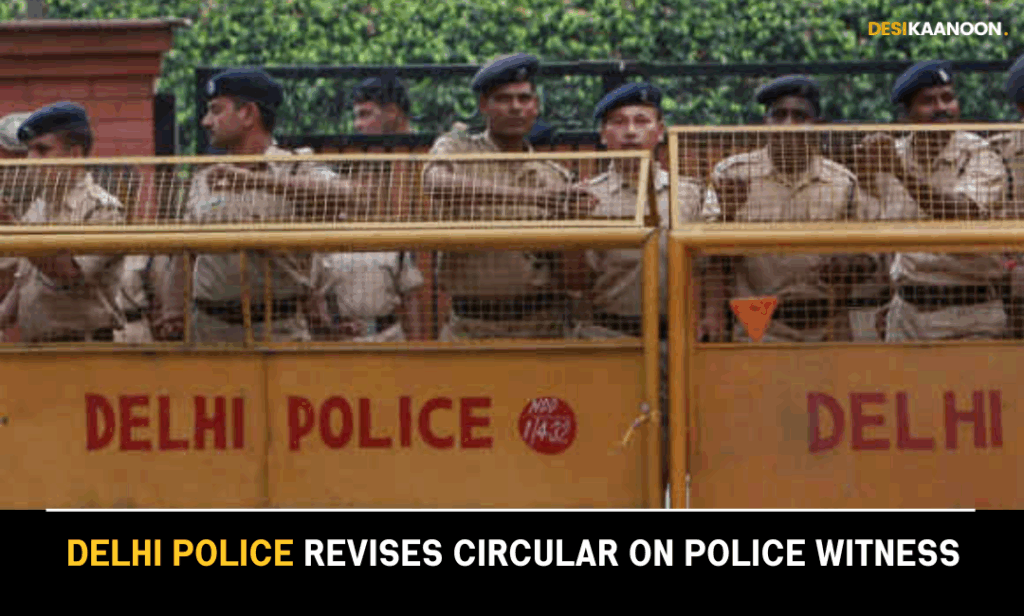Shreya Gupta
On 8th September, 2025, the Delhi Police issued a circular as a partial modification of an earlier letter dated 4th September, 2025. The circular directed that, going forward, all police officers and personnel must physically appear before trial courts to give deposition and evidence. The document also expressly recorded that this step had the approval of the Commissioner of Police, Delhi.
This instruction reverses an 13th August year notification. In that notification, the Police had designated all police stations in the National Capital Territory as places from which police witnesses could present evidence and depose by video-conferencing. This earlier move prompted strong pushback from lawyers practising in the capital’s trial courts. They protested the change and abstained from work between 22nd and 28th August
The strike was called off only after the August notification was withdrawn. It was also called off after Home Minister Amit Shah agreed to meet the agitating lawyers. Yet the issue resurfaced on 4th September. On that day, the Police reissued a notice permitting “formal police witnesses” to be examined by video-conference. The notice also explicitly preserved the defence’s right to ask for the witness’s physical presence. The presiding judge could allow or refuse such a request after considering the merits of each application.
Taken together, this sequence shows a tug-of-war between administrative expediency and practising lawyers’ concerns. Administrative expediency supports allowing testimony by video from police stations, which can ease logistics and security concerns. On the other hand, lawyers insist on in-court, physical examination. Their demand is grounded in concerns about the integrity of in-person cross-examination and courtroom scrutiny.
The formulation dated 4th September effectively tries to strike a middle path. It retains video-conferencing as a facility for certain police witnesses. However, it leaves the final adjudication to trial judges. Judges will have to balance case-specific fairness and confrontation rights against practical considerations.
This compromise still leaves room for dispute. Questions remain over who counts as a “formal police witness.” There is also uncertainty about how often judges should exercise their discretion. Another concern is whether the change adequately protects defendants’ and defence counsel’s ability to test evidence.
Click here to access the Circular
Instagram: Click Here.
LinkedIn: Click Here.
For Collaboration and Business: Click Here.

